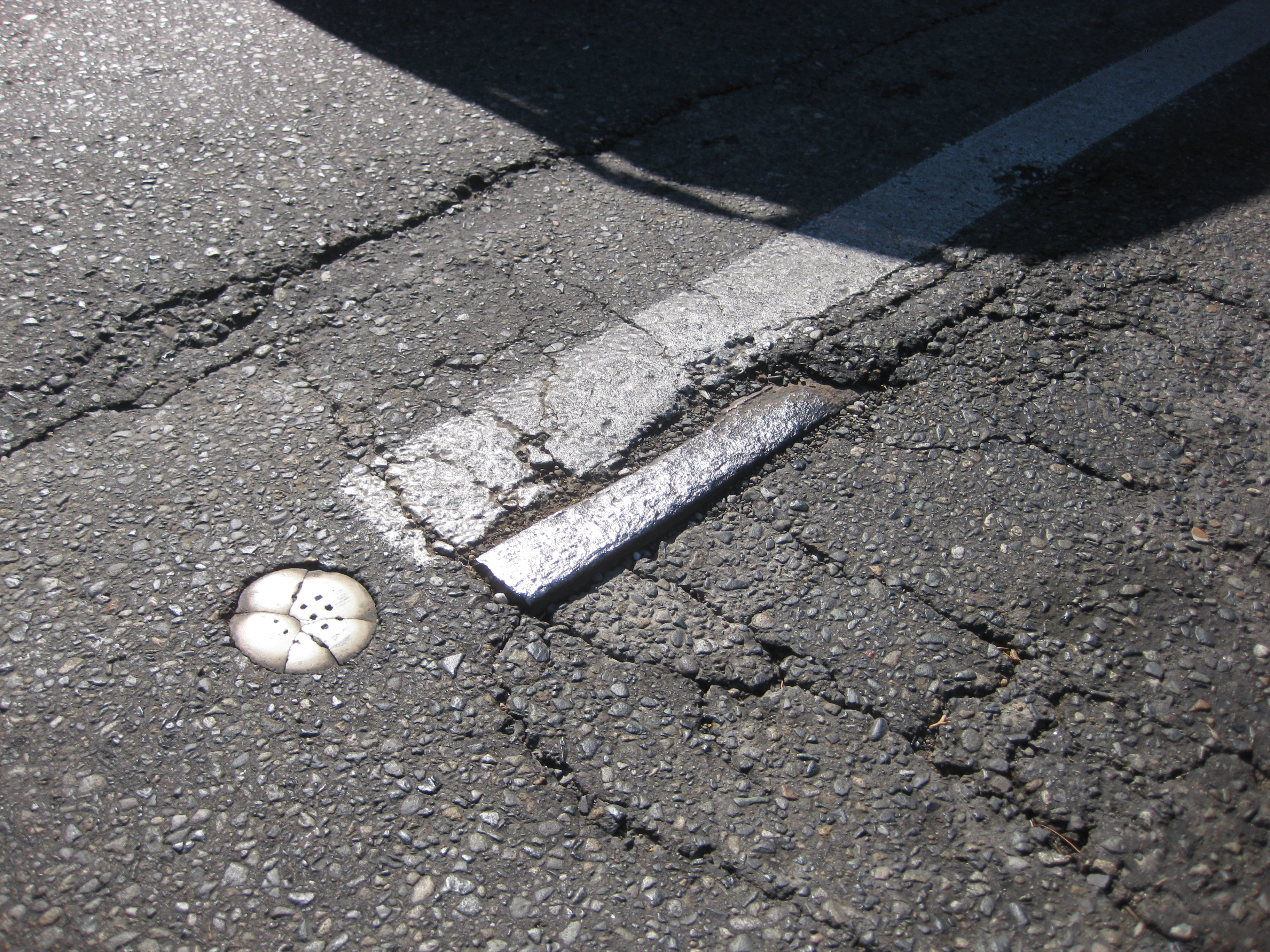If you find yourself crossing 23rd at Madison, maybe on your way to Cafe Char or The Bottleneck (a CDNews sponsor), look down at the pavement. The notoriously poor condition of the roadway on 23rd is starting to reveal how we used to have direct streetcar service between the neighborhood and the U-district:
Note that you probably won’t find this in most areas, as the city tore up most of the rails in the early 40s and sold them for scrap:
 Crews rip up streetcar rails on 23rd Ave on 8/22/1941, courtesy Municipal Seattle Archives
Crews rip up streetcar rails on 23rd Ave on 8/22/1941, courtesy Municipal Seattle Archives
This fall we should learn more about whether we’ll have access to the new streetcar on First Hill. Stay tuned…
Previously:
- A Streetcar Neighborhood (with Google Map of historic routes)
- Group Releases Conceptual Maps for First Hill Streetcar
- The Streetcar You Desire
- City to Study Streetcar Route to the CD


i enjoy seeing old photos of the CD. you can tell by the width of certain streets those which likely had rails at one time. now those same streets provide for bike lanes, comfortable street-side parking, and enough room to pass stopping metro buses. you don’t feel cramped as a driver, and somehow that is relaxing. i had heard from a friend that as an inducement for the city buying its buses for transit, GM paid for the rail removal. any truth to this?
This is known as the Great American Streetcar Scandal (also known as the General Motors Streetcar Conspiracy and the National City Lines Conspiracy), and involved General Motors, Firestone Tire, Standard Oil of California, Phillips Petroleum, and Mack.
According to a friend of mine who used to be an urban planner for Seattle, this same conspiracy is also the cause of the demise of the original streetcars in Seattle.
In terms of how the conspiracy worked, it’s not so much that GM made a deal with the city, because the streetcar lines were owned and operated by private corporations (i.e., not by the city).
So, to oversimplify quite a bit, GM (et al) bought the companies that owned the rail lines, and then ripped out the rail lines and replaced the rail services with buses (made by Mack & GM, with tires by Firestone, and gas from Standard and Phillips).
More info at:
http://en.wikipedia.org/wiki/Great_American_streetcar_scanda
btw, not everyone believes the conspiracy to be a true cause of the demise of the streetcars. It’s a story with a lot of life and resonance since the 1970s (e.g., given some of the intractable problems of our made-for-cars / wars-for-oil world).
The External Links in the above linked Wikipedia article point to some useful critiques of the conspiracy theory.
The history of streetcars in Seattle is a bit different. They did start out privately owned, but they ran into financial difficulties in the 1910s and were eventually bought by the city, but at 3 times their appraised value. The debt incurred by that purchase and state supreme court decisions that said they could only be supported by fare revenue kept the city from being able to invest in new routes.
In the 30’s the city asked voters whether they’d like to replace the streetcars with a network of buses. Voters said no. But the city went ahead with the bus conversion anyway in the early 40s when the federal government gave them low-cost loans to fund the conversion.